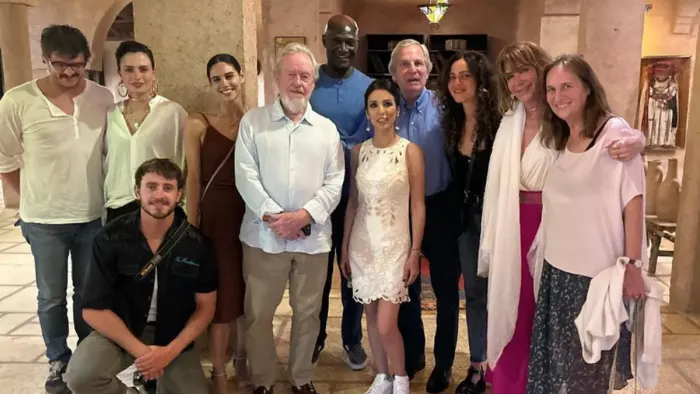The issue of cannibalism among humans: The Snow Society

In recent weeks, the issue of cannibalism among humans as a form of survival has come to the fore.
Everything has resurfaced due to the release of the film “The Snow Society” a 2023 production in which film director Juan Antonio Bayona tells the story of a recent episode of cannibalism.
The Snow Society is the true story of a group of Uruguayans who, after suffering a plane crash in the Andes, were forced to feed on the corpses of their companions.
But in the background, it deals with the issue of cannibalism among humans, as a disturbing doubt that confronts us with ourselves: when, at what time, would we eat human flesh.
We hominids have done so throughout our evolutionary history and, possibly, we did so out of necessity.
But the issue of cannibalism among humans is very old, millions of years ago, in Kenya, ancient relatives of ours ate one of their own, according to cut marks on a tibia, which is the oldest decisive evidence that our ancestors slaughtered and ate each other.
But the scoop on cannibalism may come from another, older hominin that lived in South Africa during the Plio-Pleistocene period (2.5 to 1.5 million years ago), whose right jaw has cut marks inflicted by a stone tool.
Read more: Productions of Mexican stories on Netflix are coming soon.
–The issue of cannibalism among humans: an age-old controversy–
Everything will depend to a great extent on the capacity of our species to adapt to any type of habitat, which has a decisive influence on its diet.
In arctic and circumpolar regions, especially during glacial periods, the proportion of animal food ingested was higher than in warmer regions, and the main source of energy would have been animal fat.
Given the scarcity of carbohydrates, energy needs would have been met by consuming mainly fat, obtained mostly from hunted animals.
In fact, returning to the subject of cannibalism among humans, it is easy to suppose that a highly prized delicacy in these circumstances would have been the brain of hominids which, given its large size, would have supplied high proportions of DHA, a type of omega-3 fatty acid essential for the prevention of a multitude of degenerative diseases.
The true story of the Snow Society also tells of the crash of Flight 571, but in a subjective way it deals with death and life, disaster and resilience, when a group of people thrown into extreme conditions did what they had to do to survive, even the unthinkable.

–The survivors defended their actions–
On the subject of human-to-human cannibalism, the survivors defended their actions.
“You can’t feel guilty for doing something you didn’t choose to do,” Roberto Canessa told The Washington Post in 1978.
Nevertheless, survivors carried the memory of cannibalism with them in the decades that followed.
“For us, taking that leap was a definite break, and the consequences were irreversible: we were never the same again,” Canessa said.
On the other hand, the issue of cannibalism among humans is debatable, but when life is above death, the halo of doubt invades people.







